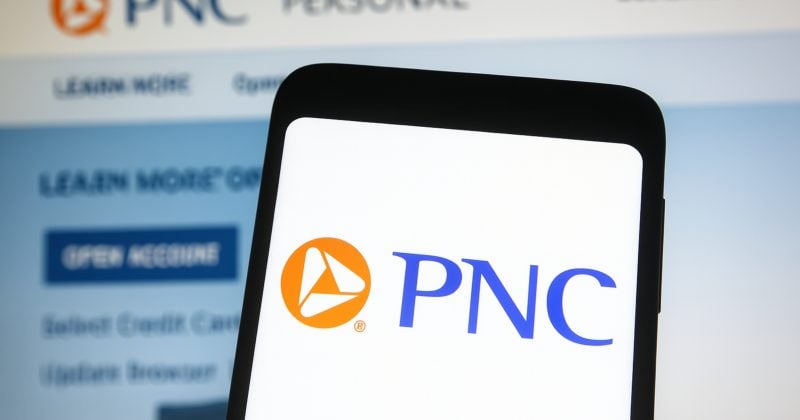Personalized content is now a fact of life – what was once considered innovative is now standard for online marketing. As anybody who has indulged in a bit of online retail therapy can tell you, websites are now surprisingly accurate in what they recommend, with promotions appearing at just the right time and content adapting as if by magic.
Whilst that’s the super power of personalization, it’s also a bit… disconcerting? As convenient as it might be to see exactly the right product at exactly the right time, this also raises a lot of questions: where does all of this information actually come from? Exactly how much does this company know about me? Did I really consent to sharing all of this data?
These questions are only becoming more frequent as consumers become more aware of the value of their data. A recent Deloitte study showed over two-thirds of smartphone users worry about data security and privacy on their devices, whilst in the US 86% of consumers are more worried about their data privacy than the state of the economy.
These are sobering statistics and beg the question: if consumers are crying out for better data protection, how can businesses enact a privacy-first approach to data-driven personalization?
Senior Privacy Expert at Usercentrics.
Thinking strategically about personalization
The first important part of making personalization fit for our privacy-conscious age is ensuring that it’s done with purpose. Thinking strategically about personalization, as opposed to just considering the technical aspects of it, is crucial to building a model which is both useful to a business and respects data privacy demands from consumers.
Personalizing without a clear goal risks losing consumer trust: just because a business can collect a certain piece of data or display content to a specific target group, it doesn’t mean they should. Over-personalization or irrelevant suggestions can cause rejection – especially when it’s unclear where the information comes from, so it is always better to personalize with purpose.
This also applies to the data that businesses collect. Even with consent, users today expect to decide what information they share. The starting point shouldn’t be a tracking script, but a deliberate content strategy: Which data is truly necessary? What do we want to achieve with it? And how can we explain it clearly and understandably?
Doing this properly brings two benefits: the data is legally secure and often significantly better in quality. Transparency also builds trust – which is more important than ever in digital marketing. Instead of asking for a full set of personalization data upfront, businesses should consider asking for smaller data points like a postcode to show local offers. This approach creates value for both sides and, crucially, builds consumer trust.
Segments rather than individuals
Advances in technology now mean that personalization can be really granular – but is that always desirable? In a privacy-conscious world, definitely not.
Not every user wants to be individually addressed, and not every website needs to do so. Often, it’s more effective to tailor content for groups with similar interests, behavior, or needs. Common segments include first-time visitors vs. return users, mobile vs. desktop users, regional audiences, or browsers who never add items to their cart.
Targeting these groups allows for impactful content variation – without the complexity of individual personalization. Privacy preferences can also be respected: cautious users are addressed neutrally, while opt-in users get a more personal experience.
Flexibility is key
Many companies struggle to reconcile data protection and personalization – often because they see them as contradictory. But the opposite is true: taking data protection seriously builds trust and allows for better personalization.
Take consent banners as an example: one which clearly differentiates data types and allows easy management of preferences is more transparent and, so consistent data shows, reduces bounce rates.
The key is to recognize that flexibility on what consumers expect is king. Personalization is not a one-time project and, just as regulation is continuously evolving, so are user expectations. Successful privacy-first personalization means regularly reviewing and adapting content, processes, and technology.
The bottom line is that personalization is not an end in itself. Rather, it’s meant to help deliver the right content to the right audience at the right time – without crossing lines. Focusing on what users truly need and are willing to share often leads to better results than collecting as much data as possible.
A privacy-first approach to personalization isn’t an oxymoron, it’s a necessity in the modern world. Personalization shouldn’t just be a technical concept, but one that places consumers at the heart of what a business does and offers – not just relevant content, but a brand built on clarity, consistency and respect for consumer attitudes towards privacy.
We list the best Linux distro for privacy and security.
This article was produced as part of TechRadarPro's Expert Insights channel where we feature the best and brightest minds in the technology industry today. The views expressed here are those of the author and are not necessarily those of TechRadarPro or Future plc. If you are interested in contributing find out more here: https://www.techradar.com/news/submit-your-story-to-techradar-pro









 English (US) ·
English (US) ·